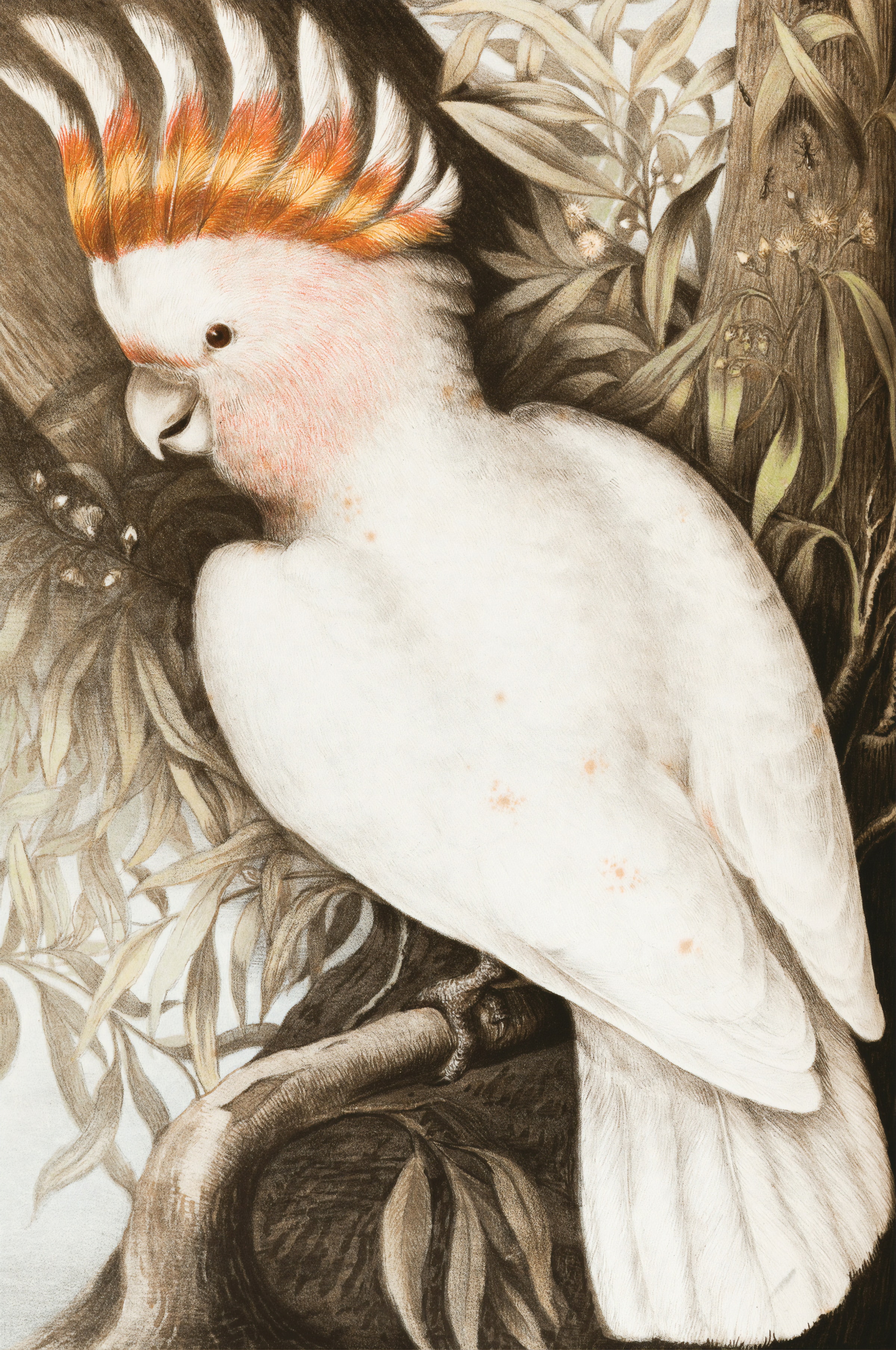Apeiron (a poem)
Abstract
A new work by Catherine Noske.
Non-Traditional Research Output, Statement of Intent
Research Background
This practice-led research was written as part of a broader project considering how childbearing and -rearing can recognise (and pay respect to) Indigenous sovereignty. Sovereignty as a concept sees the body overlap with place, while the act of childbearing is complicated in the Australian context by the inheritance of the colonial world into which the child is born. Poetry offers a nuanced and emotionally sensitive mode for traversing this complex terrain. This work moves conceptually through the multivalent structure of the rhizome (Deleuze and Guattari) in accommodating the influences of placemaking studies, critical whiteness studies and creative practice studies.
Research Contribution
Drawing from Anne Brewster’s conceptualisation of “beachcombing” as a methodology for white Australian creative practice, this work extends on “body in reverie” (Brewster 135) and its openness to an embodied awareness of First Nations sovereignty through generative contact with place, in contemplating the function of colonial epistemologies of mapping in placemaking and childbearing alike. It uses the rhizome and its capacity to encompass indeterminacy as a means to challenge the epistemic certainty of the map, and to reiterate complex and multifaceted experiences of embodiment.
Research Significance
The significance of this work lies primarily in the relevance of its thematic interests to the experiences of contemporary Australians. It highlights the importance of recognising First Nations sovereignty in the domain of childbearing, where it is often overlooked by popular/medical discourse. Other works within the ongoing project have been published in journals and anthologies, including Antipodes and Plumwood Mountain, attesting to the value of the project as a whole.
Downloads
Published
Issue
Section
License
The copyright for articles in this journal is retained by the author(s), with first publication rights granted to the journal. By virtue of their appearance in this open access journal, articles are free to use with proper attribution in educational and other non-commercial sectors.Attribution-NonCommercial-ShareAlike 2.1 Australia
This work is licensed under the Creative Commons Attribution-NonCommercial-ShareAlike 2.1 Australia License. To view a copy of this license, visit http://creativecommons.org/licenses/by-nc-sa/2.1/au/ or send a letter to Creative Commons, 543 Howard Street, 5th Floor, San Francisco, California, 94105, USA.

